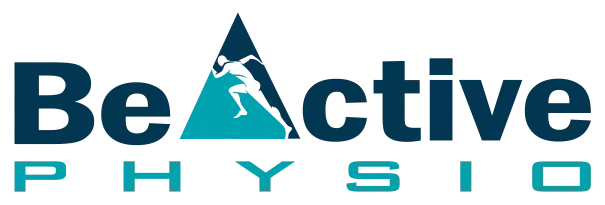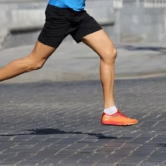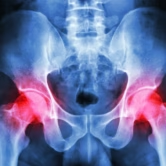How to Make Your Stress-Related Headaches Disappear
Did you know that headaches are the third most common pain complaint throughout the world? They can impact your quality of life and make it difficult to function normally. Luckily, headache relief can be found through physiotherapy. Your trained physiotherapist will work with you to provide pain relief from headaches,…




